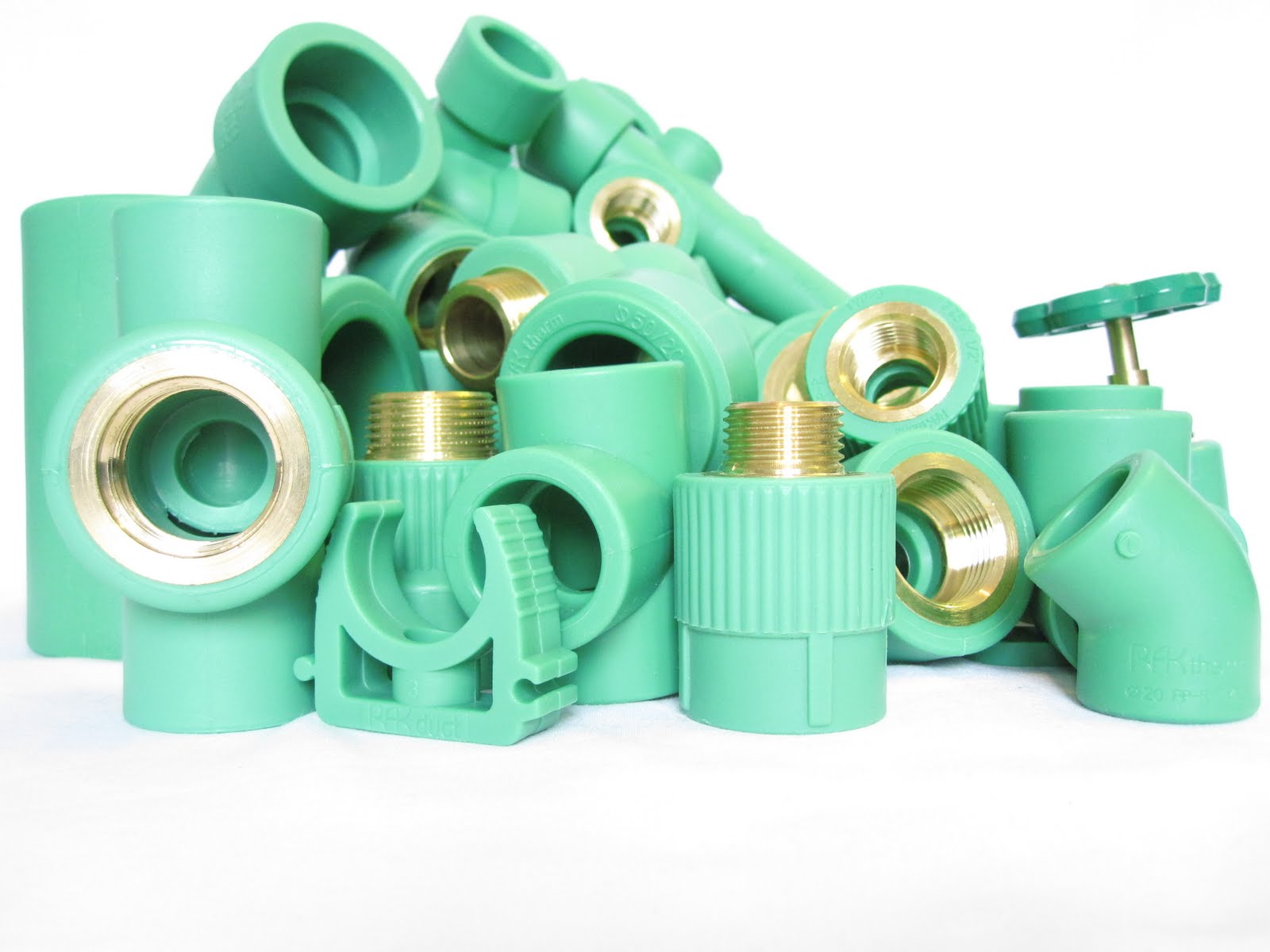The ppr pipes and fittings market is expected to grow significantly due to its ability to resist corrosion and offer a high level of protection. The pipes are also durable and easy to install, making them a popular choice for residential and commercial applications. The pipes have a smooth inner surface, which reduces friction and prevents the buildup of sediment and bacteria. They are also resistant to chemicals and have a long lifespan, making them a great choice for use in harsh environments. PPR pipes are made from a type of plastic called polypropylene random copolymer, and have an outer layer that protects them against damage and deterioration. They have a variety of uses, including plumbing and water supply, heating systems, and chemical transport. The pipes are available in a variety of diameters and come with a range of fittings to meet all of your needs. When installing a PPR system, the first thing you need to do is determine what size pipe you require. This will depend on the size of your property and the amount of water you plan to use. You can then choose the appropriate fittings to ensure that your system is working properly. The pipe will need to be fitted securely to the wall, and you can do this by fusion welding or using a threaded connection. There are several different types of fusion tools on the market, but the most common method is heat fusion. The fusion tool is heated to a high temperature and the ends of the pipe and fitting are inserted into the sockets. The joint will then cool and solidify, creating a leak-proof seal. The fusion tool must be used correctly to avoid any issues, so it is important to follow the manufacturer’s instructions carefully. Another method of joining PPR pipes is socket fusion, which is similar to heat fusion but uses sockets that fit together instead of heat. This method is ideal for smaller projects, as it is quicker and easier to use than heat fusion. However, it is not suitable for large-scale projects, as the connections can be weak and may not hold up to stress. The most common use of ppr pipes and fittings is in plumbing systems, where they are often used as replacements for copper or brass pipes. They can withstand both hot and cold temperatures, and they are easy to clean and maintain. They are also resistant to bacteria and chemicals, and can withstand pressure up to 10 bar. In addition, ppr pipes are less expensive than other materials and have a long lifespan. PPR pipe is also widely used in heating systems, as it can withstand high temperatures without melting or deforming. It is also very resistant to chemicals, making it ideal for transporting industrial waste and other corrosive liquids. The pipes are also very durable, with a lifespan of up to 50 years. In addition to these benefits, they are easy to install and have a smooth surface that reduces friction and reduces energy consumption.

